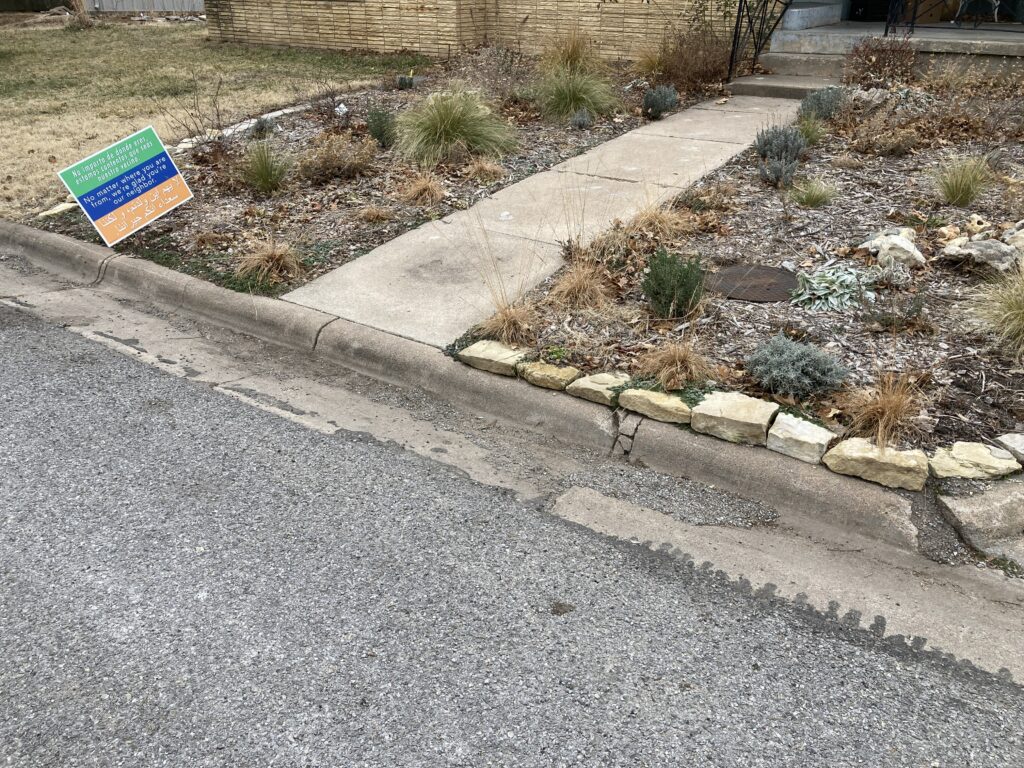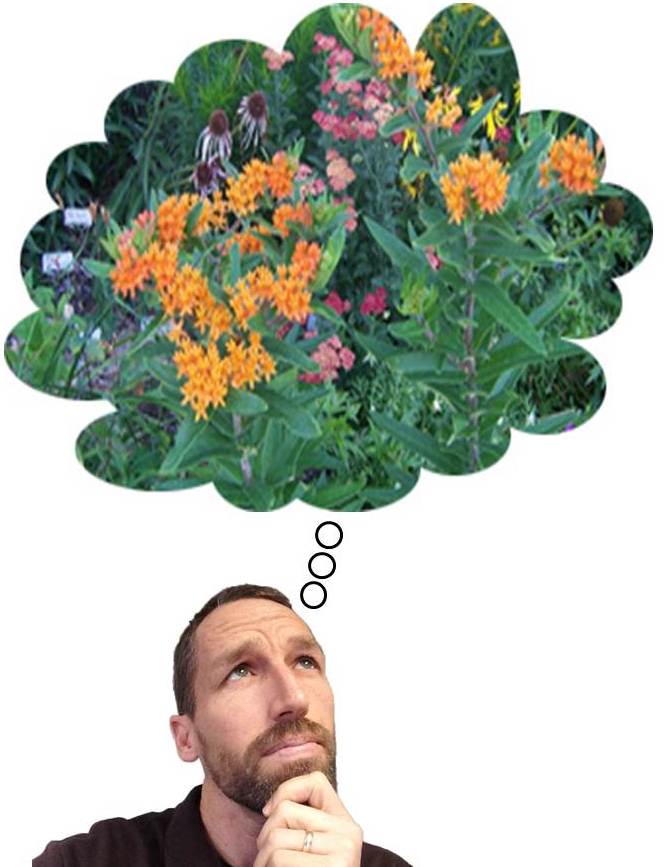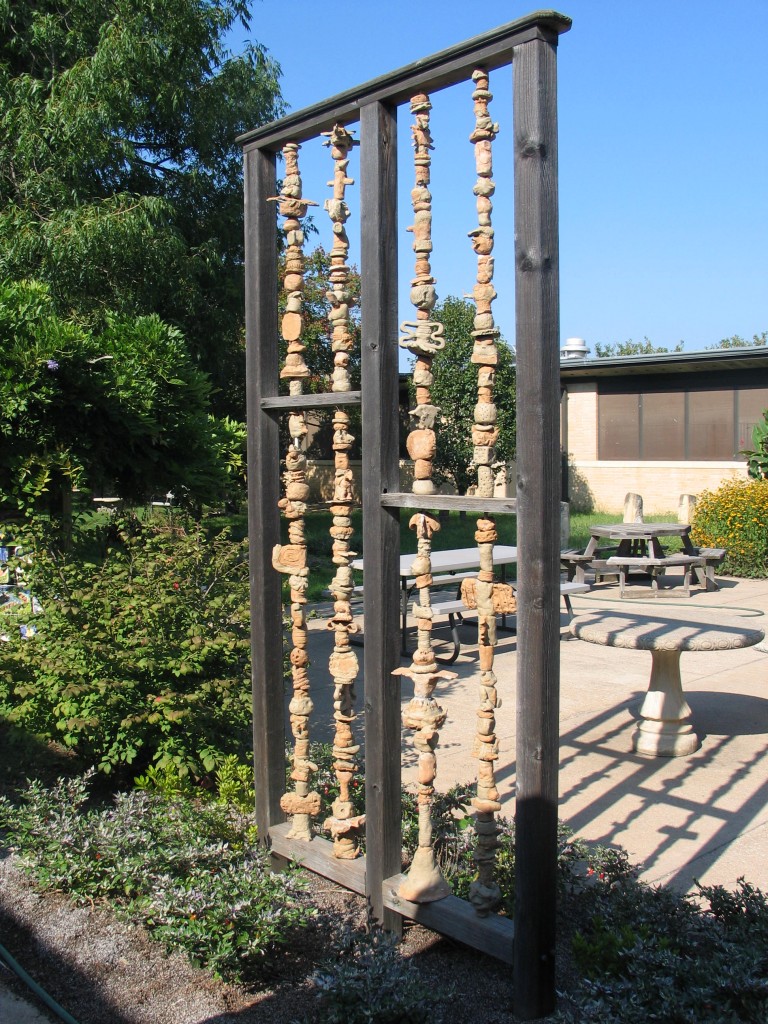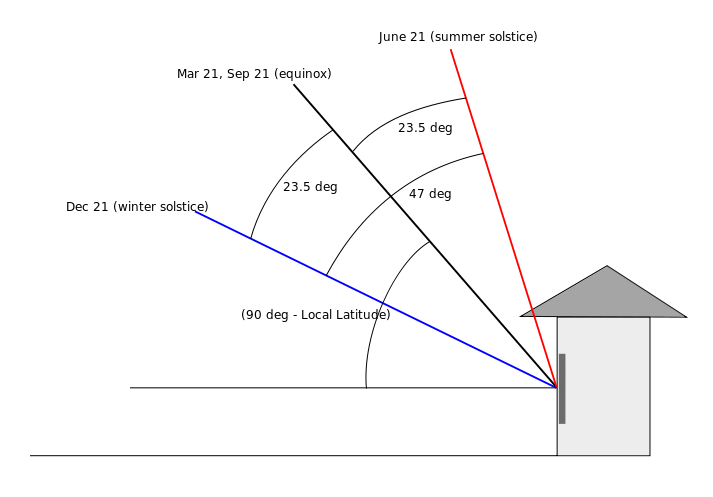Every good piece of art deserves a good frame. The same goes for gardens! A well-designed, ecologically friendly landscape needs to have borders and edging keeping it in bounds, not only physically, but visually. Joan Nassauer of the University of Michigan makes this point better than anyone in her text ‘Messy Ecosystems, Orderly Frames’.
Novel landscape designs that improve ecological quality may not be appreciated or maintained if recognizable landscape language that communicates human intention is not part of the landscape.
Nassauer, 2007
In layman’s terms, no matter how wonderfully water-wise and pollinator-friendly your garden is, if it looks messy, all the neighbors will hate it.

Beauty Standards
Messy, in this usage, is a unique idea borne from our Eurocentric culture. These traditional gardens and landscapes need to be constantly in order, with straight lines, perfect symmetry, short lawns and hedges trimmed into unnatural shapes. Those standards of beauty and acceptability come from the aristocracy of Western Europe; castles and manors with hedge mazes, rose gardens, and endless formal lawns.
In our prairie home, these ideas do more harm than good. Trying to maintain those landscapes of the old country is costly, labor intensive, and destructive. Kansas is hot, dry, and extreme in her fluctuations, unlike the place of my ancestors from Europe – cooler, moist, and temperate. And trying to make the natural world bend to my ideas of perfect order is an uphill battle and a waste of resources. But we can achieve an orderly, formal aesthetic by using proper edging in native landscapes.


Choosing the Right Edging
Plastic. Metal. Wood. Stone. What is right for your space? This may depend on the design of your house, or the structure a garden is nearest to. It may also depend on the plants. For instance, species with vigorous underground spreaders that need control may require deep steel edging. My personal favorite is stone. If installed properly, stone never has to be replaced. Steel edging is becoming quite popular for its modern, industrial quality, but can be expensive for large spaces.


If you are concerned about how your pollinator garden or native landscaping may be perceived by passersby, consider edging it. Edging adds an easily recognizable human element. Onlookers will see this space is purposeful, cared for, and important. And it just might convince someone to create a prairie garden of their own.







